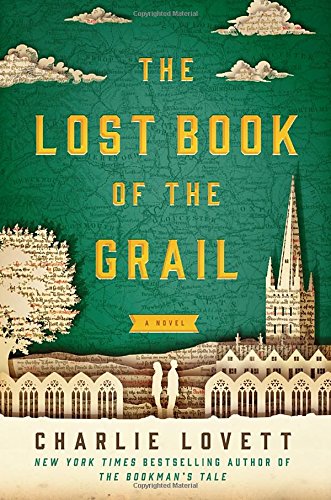

A character like Ro, who would never really interact with people like Tina and Jackson in real life, comes to Tina’s salon for service and then realizes, “Oh, I really like these people. I think it’s interesting to take people who would not run into each other in their everyday lives, then put them in a space where they’re forced to interact. I think this is an interesting shift maybe it just has to do with the pandemic, but as a writer, I was particularly drawn to the space. There are now these two escape rooms, indoor mini golf, an entertainment center where you could go on rides, movie theater-that seems to be what people are going to this space for, instead of for shopping. I pay attention to my local mall, and it seems to be much less a place for shopping than a place you go to for entertainment. But also, malls-when I was growing up-were a place where people would go hang out, especially high school kids. Karin Lin-Greenberg: Obviously, the dying malls tell us a lot about commerce, about where we’re shopping.

Jaeyeon Yoo: I’m curious what drew you to write about malls, and what you think they depict about today’s United States. I chatted with Karin Lin-Greenberg about suburbia culture, the uniquely American phenomenon of desensitizing gun violence, and (on a lighter note) her favorite mall food. Similarly, she highlights how mall culture functions simultaneously as a dying part of suburbia, a symbol of lost dreams, and-perhaps surprisingly-a form of controlled community. Lin-Greenberg mines the spectacular within everyday life, whether that is a moment of public violence or intense beauty. But with Lin-Greenberg’s in-depth character development, You Are Here shows both the unexpected connections between strangers and the unshakeable assumptions we have about one another.


 0 kommentar(er)
0 kommentar(er)
